Flashcards. Yeah, I’m not a huge fan of them when they’re just used as flashcards.
But if you get a little creative with them, you’ll find that they are VERY versatile and can be used in some fabulously hands-on ways, which is the kind of learning I love.
Don’t believe me? Just take a look at all these hands-on ways to use Alphabet Flashcards to teach rhyming, syllables, letter sounds, phonemic awareness and MORE!
*This post contains affiliate links.
By the way, these activities aren’t just for alphabet cards. Use or adapt these same activities for rhyming cards, syllable cards, blend/digraph cards, and vowel cards.
10+ Hands-on Ways to Use Alphabet Flashcards
1. Count the syllables in the words.
You can even add your own wooden clothespins with numbers 1-4 on them, like my 4 year old did with Reading the Alphabet, as you count and clip the correct number of syllables. This is a great way to add a fine motor aspect.
We’ve also used LEGO DUPLO Blocks to count syllables, like you see in this post.
2. Sort the pictures by their beginning sound.
We like to use our pocket chart to do this, but any table top or floor space will do.
I recommend sorting letters that are very different in their sounds, especially at first. For example, the letter sounds of Bb and Ss are made with different parts of the mouth and are easier to distinguish.
As kids grow more confident in their letter sounds, they can sort more letters/picture cards at the same time and even sort similar sounding letters (such as Ff and Vv). You can read more about teaching letters and their sounds here.
3. Play memory match. So simple, yet fun and effective.
Find pairs that match in some way {maybe by beginning sound, rhyme, or ending sounds}. If you’re working on letter recognition, change it up a bit so you also include letter cards in with the picture cards.
4. Play Letter Sounds Tic-Tac-Toe. Letter Sounds Tic-Tac-Toe is actually trickier than you might think. I lost to my 4 year old. 🙂 This is a great game to get kids listening for those beginning sounds.
5. Go on an alphabet scavenger hunt. Look around the house or even outside for objects that begin with the same letter as your alphabet flashcard.
You can even make it into a game of hide and seek alphabet flashcards.
6. Match letter sounds to actual letters. To do this, just pull out your favorite ABC puzzle and
find the letters that match your feature, like we did with R for rainbow.
7. Listen for middle or ending sounds. This one is a bit trickier than listening for beginning sounds for most children, but is a great next step for those who have mastered those beginning sounds.
We even have a FREE Beginning and Ending Sound Pack of flashcards you can use to help your learner sort by beginning or ending sounds!
8. Count all the sounds in the word. Counting all the sounds {or phonemes} in a word is a HUGE milestone for young learners and is also a HUGE challenge, even for some adults.
The key is to pick alphabet flashcards that are only 1 syllable like the ones in our FREE Counting Sounds Pack.
9. Spell the words. For more advanced learners, the images representing simple CVC words, such as top, can be spelled with magnetic letters, letter beads, or bottle caps.
10. Play I Spy. This game is so versatile. Simply pick the feature you want to focus on such as rhyming words, beginning sounds, or ending sounds {to name a few}. Hand select the alphabet flashcards that fit your feature {in our example, we’ll go with rhyming words.}
Say, “I spy a picture that rhymes with bat,” with the answer being the cat card. Kids can even think of their own “I spy” sentences to try and trick you!
11. Get Active! Any time you can get those little bodies moving, do it!
Hand them a bean bag and say things like, “Toss the bean bag on the picture that starts with /p/”.
Have a relay race. Place the alphabet flashcards across the room. Call out a letter sound or other feature, such as speaking the word slowly like and separating each sound just a tiny bit like, “Find the d-o-g.” They race across the room and find the card.
12. Find the one that doesn’t belong. We did this sometimes with Reading the Alphabet for beginning sounds, like you can see in our Letter Qq lesson, but you can also do this with number of syllables, ending sounds, or number of individual sounds in the words. Visit my guest post on Imagination Soup for even more ways to play with sounds!
Places You Can Find Alphabet Flashcards
- If you subscribe to This Reading Mama’s newsletter, you’ll find 6 picture alphabet cards for every letter of the alphabet {subscriber freebie.}
- Each lesson of Reading the Alphabet has FREE alphabet picture cards.
- The Measured Mom has some free alphabet picture cards and more activities to try with them!
- FREE Alphabet Printables– This set has several alphabet activities in it, including alphabet picture cards for the pocket chart and Photo Stacking Blocks!
$26.00Add to cart
- Learning the Alphabet is a NEW alphabet series on This Reading Mama. Each week will contain alphabet cards that you can insert into Photo Stacking Blocks. The bonus material {only found in the Bundle Pack} also has smaller alphabet picture flashcards for each letter of the alphabet plus the words that match each picture. My 2 year old has REALLY enjoyed these alphabet cards and often plays with them on her own.
Enjoy!
~Becky
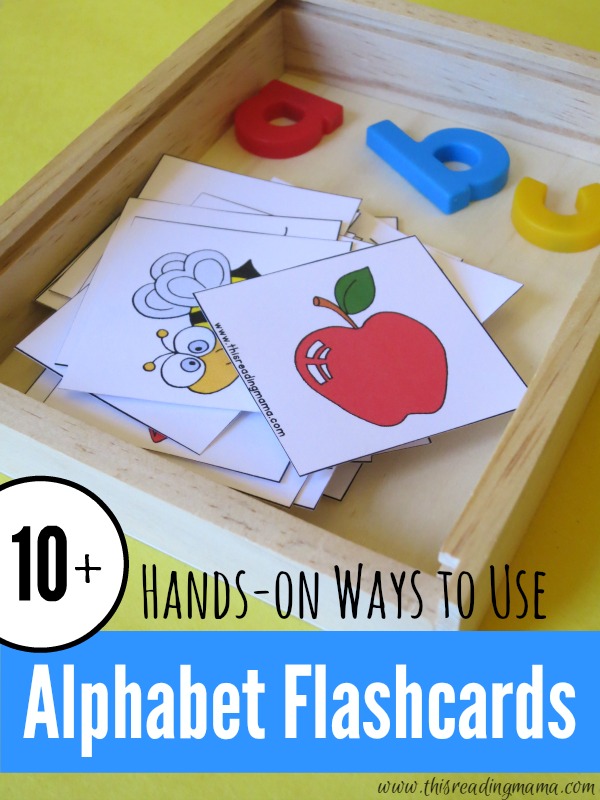
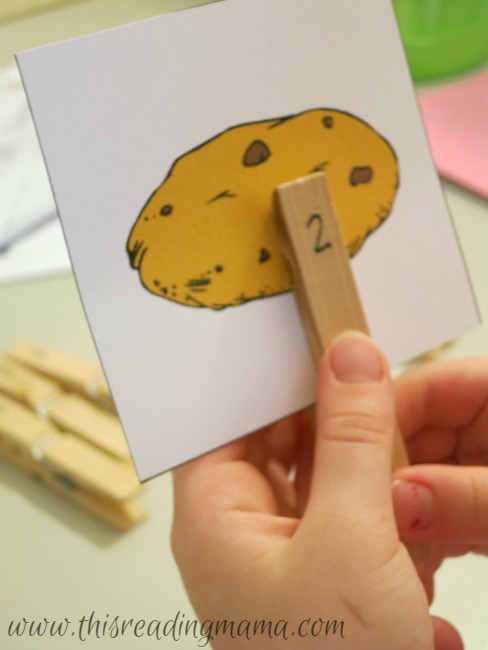
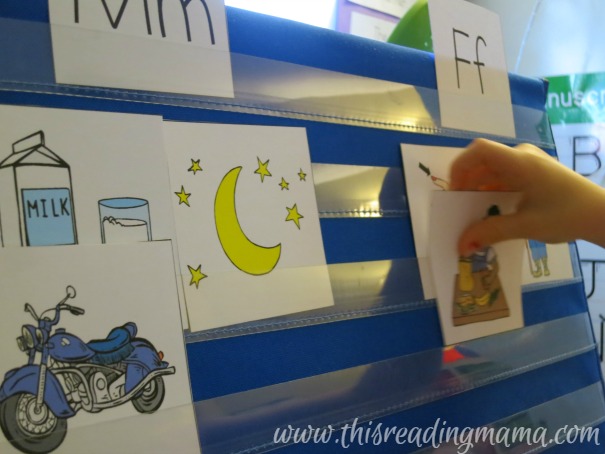
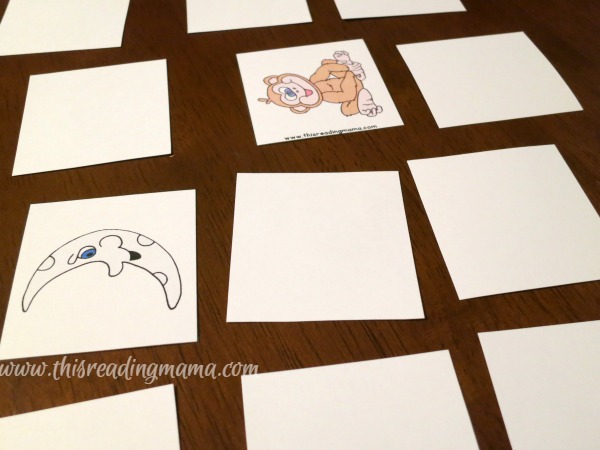

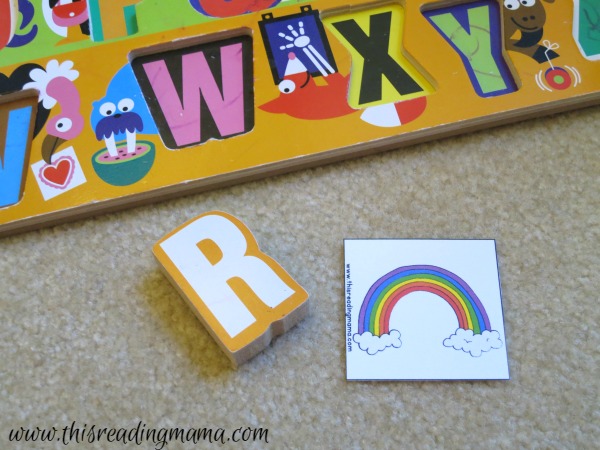
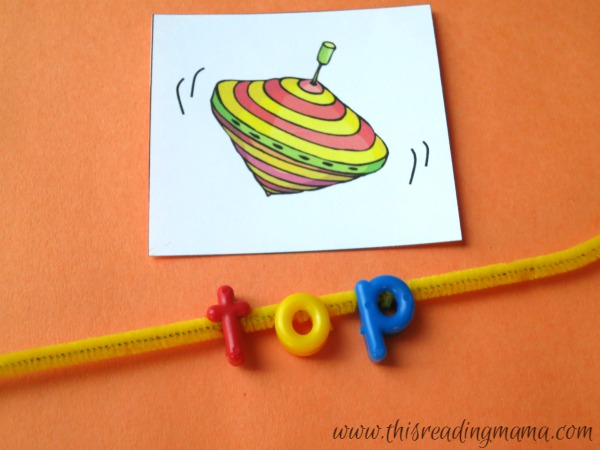
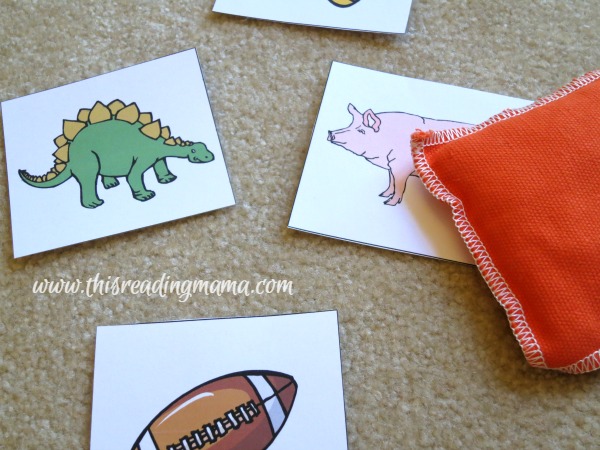
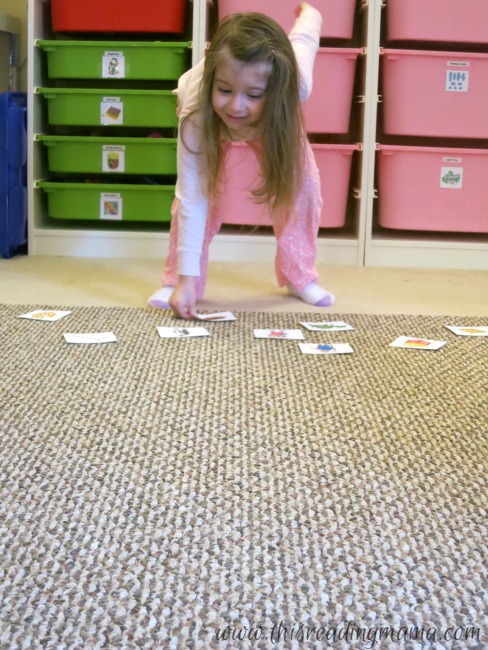
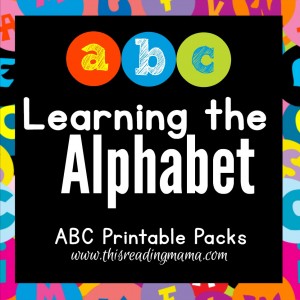

Your second idea on sorting flashcards by their beginning sound is really great! My daughter is just learning how to talk, and I think this could get her a head start on reading. Now I just need to find a bunch of flashcards that have pictures on them. Thanks for sharing all of these great ideas!